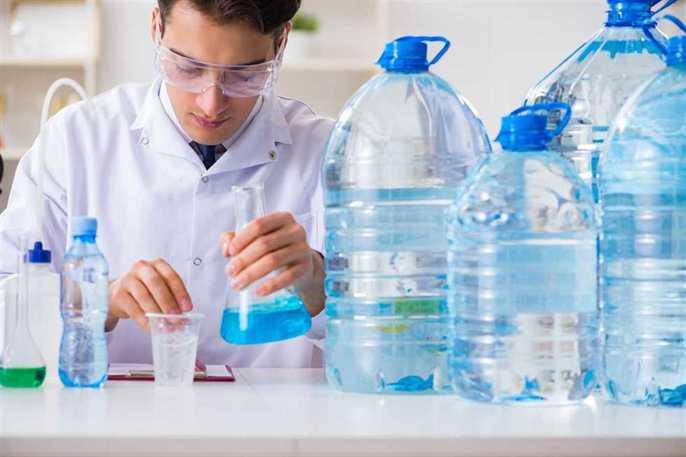
You don’t want to take any risks with your drinking water – if it’s contaminated with metals or microorganisms, it could lead to serious consequences for you and your family or your employees. As such, it’s completely reasonable to want to test your water quality. Before we explain how you can test water quality, there are a few things you should know:
Most of our readers are located in Winnipeg, and almost everyone in Winnipeg is hooked up to the City’s water supply. Consequently, there’s a lot of information available about water quality. The City of Winnipeg must supply regular reports on water quality. We’re quite fortunate – our City’s water is quite safe. Here’s the 2020 water quality report.
The City’s capacity to test water quality has its limits, though. While they can test their end of the water supply, they can’t test the fixtures in your home or business. While most Winnipeg properties have high-quality water, some buildings built around or before 1950 have lead pipes. These pipes can leach lead into your water supply. The City of Winnipeg offered a water quality testing program – that program is presently suspended due to COVID-19. The program had astounding success, however, so when possible, it’s likely the City will reinstate the program.
Those of you who are getting water from sources other than the City’s may very well want to get your water tested, especially if you’re drawing your water from wells. You’ll want to test your water at least once a year, as well as anytime you notice discolouration or a change in odour.
The Government of Manitoba has created a comprehensive guide to water testing, but we’ll provide a brief summary here:
- Contact an approved water testing lab (like ALS) – some labs require notice before you deliver a sample. They’ll provide you with a sample bottle.
- Find a frequently used faucet near your water source.
- Remove the screen from the tap.
- Sterilize the end of the tap with a flame or disinfectant.
- Run cold water for 3-5 minutes.
- Carefully remove the cap from the sample bottle. Consider using sterile gloves to avoid contamination.
- Fill the bottle to the fill line, and place the cap back on, being careful not to let the bottle touch anything but the water.
- Bring the water sample to the lab within the suggested time frame.
The primary purpose of this test is to detect bacteria, though labs may also be able to detect the presence of other substances, such as metals, in your water source. You may be told to boil water until such a time as your water source can be cleaned.
You might find that you have lead pipes, or that you want to be hooked up to the City’s water source to avoid well contamination. In either case, we’re here for you. We’re plumbing contractors in Winnipeg who know the City, its surroundings, and its water sources well – we can ensure you’ve got a clean supply of water.
